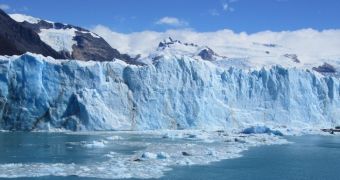In late May, Japan's nuclear regulator went public with the news that it had given Tokyo Electric Power Co. permission to begin work on a “Game of Thrones”-like ice wall at Fukushima.
Recent news on the topic says that, shortly after being given the green light to move forward with this project, the nuclear plant's operator got to work building its ginormous ice wall.
Thus, Kyodo News tells us that, starting this Monday, the ice wall is officially under construction. Should things go according to plan, it will be completed and become operational by the end of the year.
As previously reported, Tepco's underground ice wall at Fukushima will serve to keep water contaminated with radioactive and other dangerous materials from seeping into the environment.
More precisely, the nuclear plant's operator expects that the wall will ensure that radioactive materials present at the site of this crippled facility in Japan do not reach the broader water supply and thus endanger public health and local ecosystems.
As previously reported, this underground ice wall that Tepco workers are now busy erecting will be about 1.5 kilometers (roughly 0.9 miles) long when completed. It will circle the buildings housing reactors 1 to 4 and will run as deep at 30.5 meters (about 100 feet).
Information shared with the public says that, in order to build this ice wall, Tepco workers and engineers will have to insert about 1,550 pipes into the ground. These pipes will then have a coolant circulated through them and will get cold enough for the soil around them to freeze.
By the looks of it, the folks in charge of implementing this ambitious project at Fukushima have until now managed to dig a hole close to the building housing the nuclear plant's reactor No. 1 and to place a pipe inside it. Needless to say, this means that quite a lot of work remains to be done.
Tokyo Electric Power Co. estimates that, all in all, it will take at least a few months for these pipes and the coolant circulating through them to lower the temperature of local soils enough to get them to freeze.
Japan's Fukushima nuclear plant suffered a major meltdown back in 2011, following an earthquake and its subsequent tsunami. The incident is regarded as one of the worst of its kind in history, and Tepco is now working long and hard to secure the facility's perimeter and decommission it.

 14 DAY TRIAL //
14 DAY TRIAL //